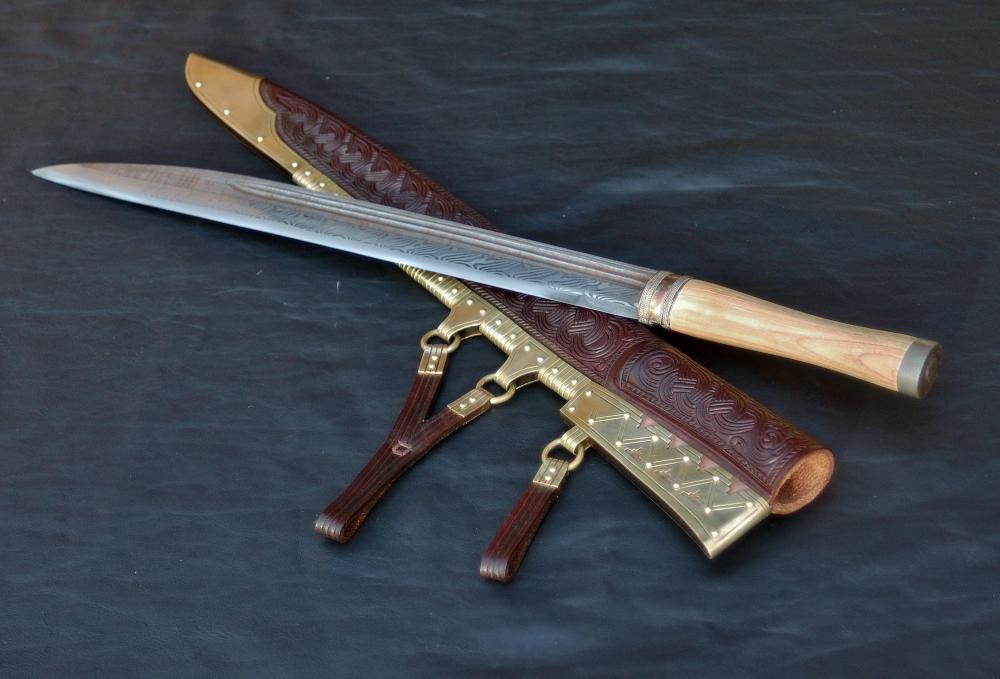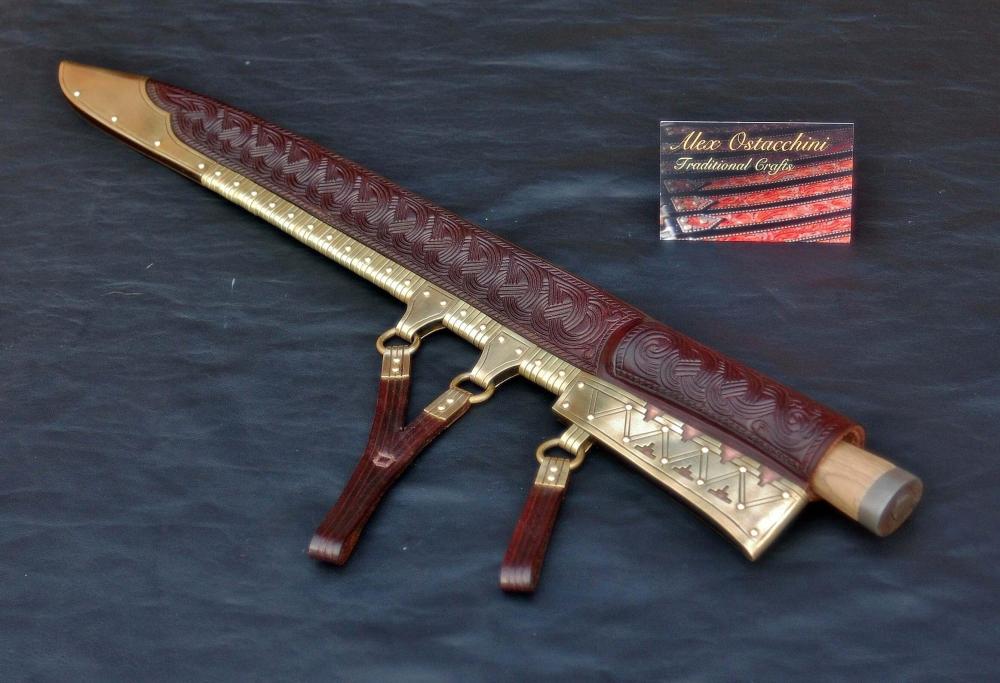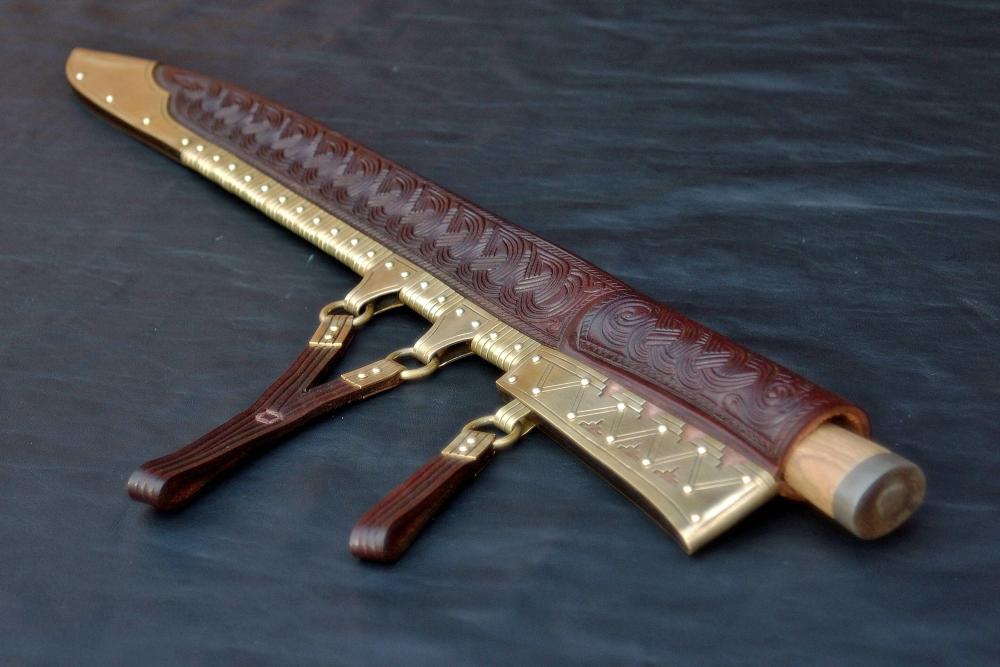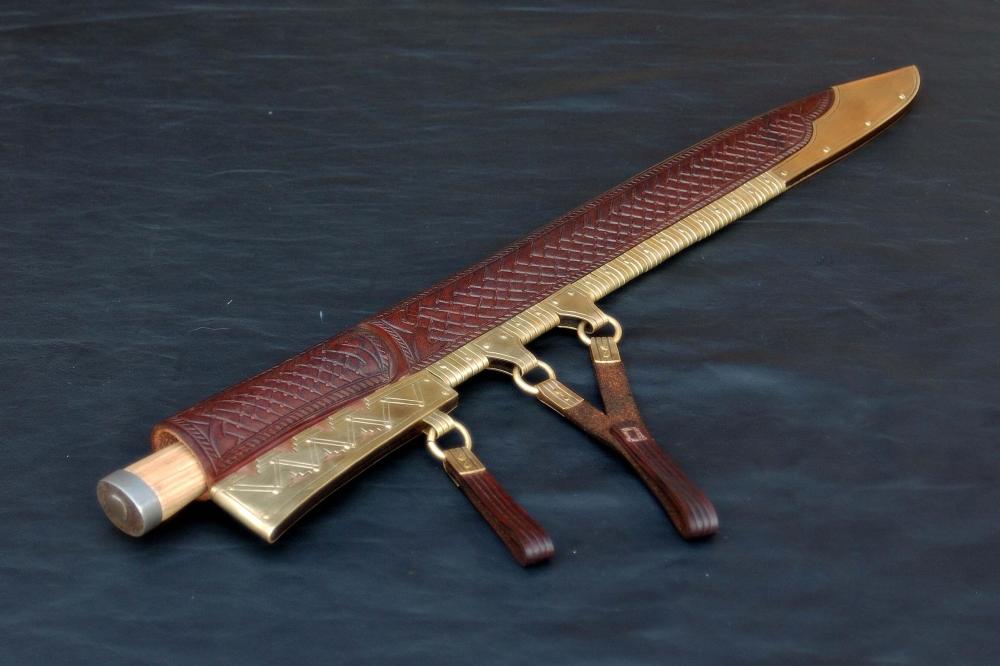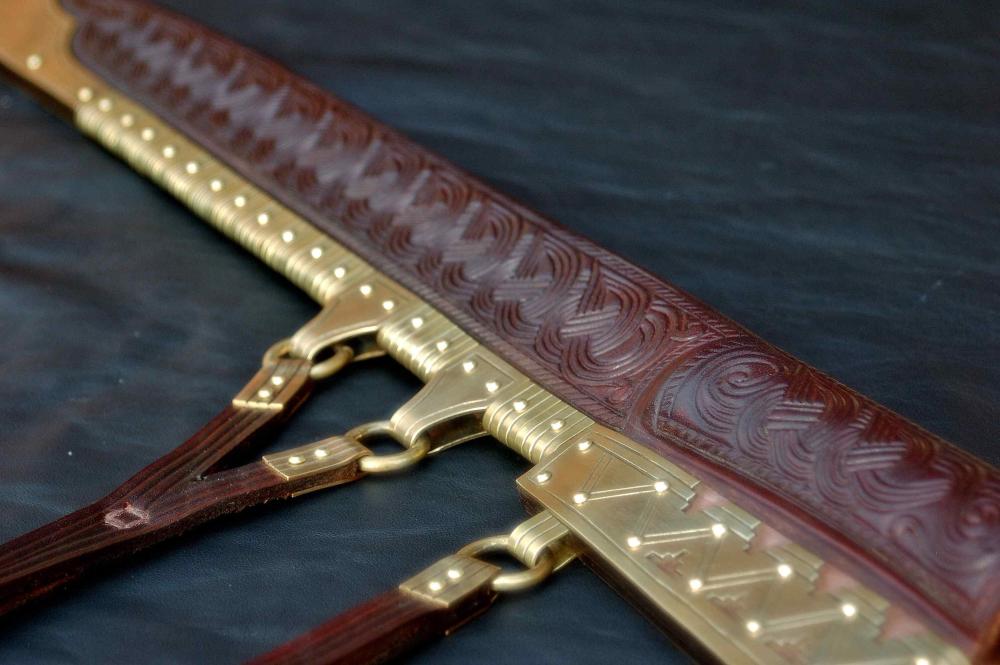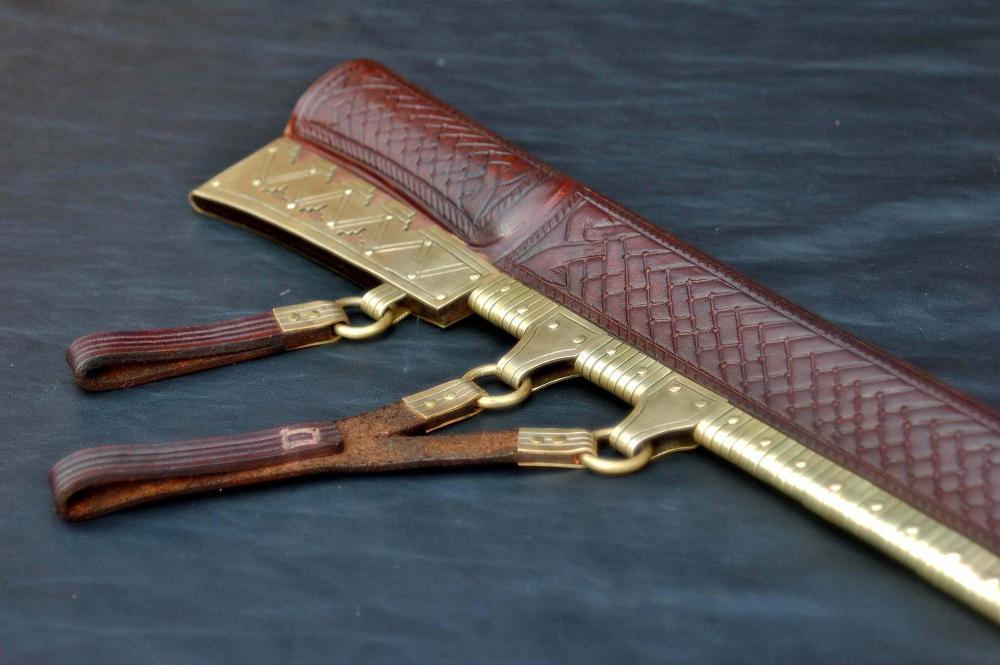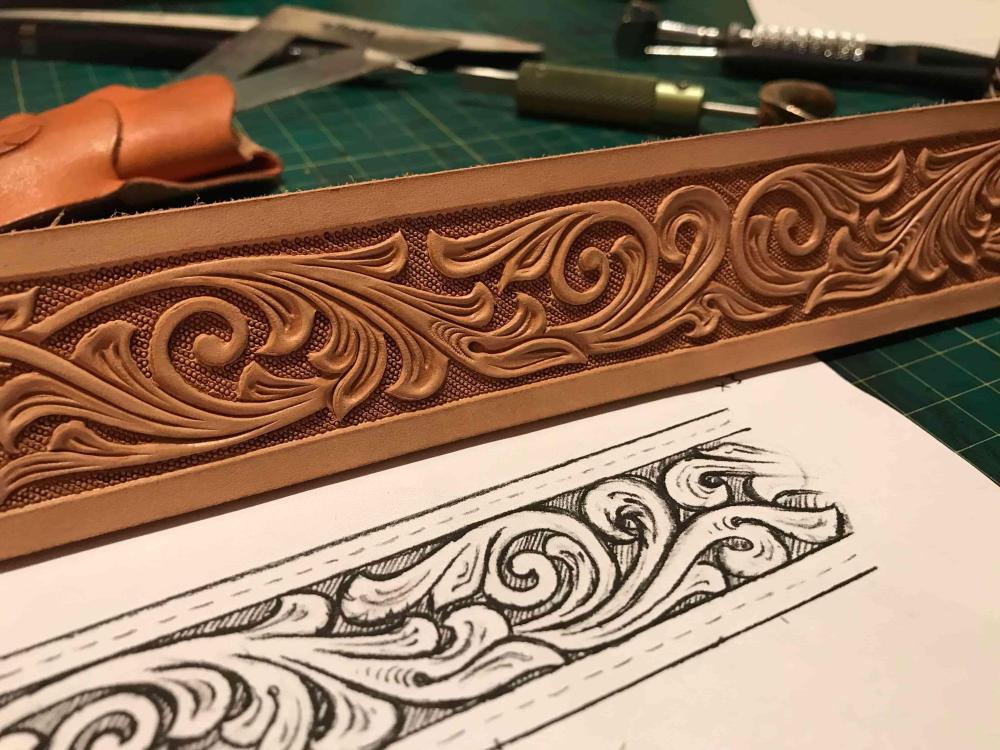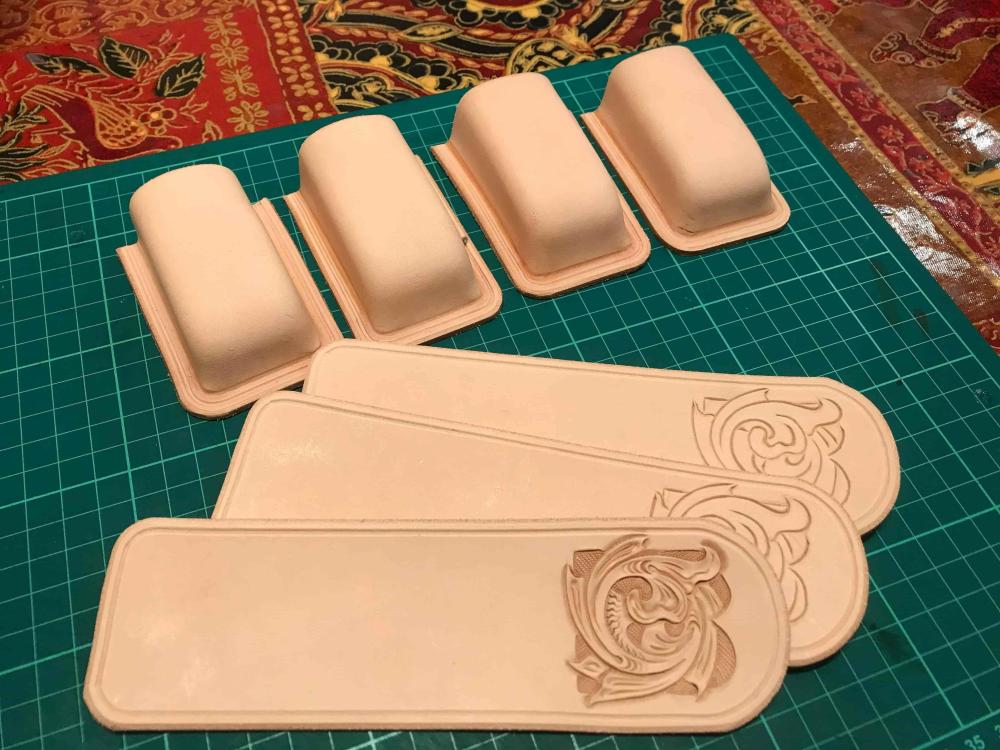-
Posts
159 -
Joined
-
Last visited
Content Type
Profiles
Forums
Events
Blogs
Gallery
Everything posted by AlexOstacchini
-
No worries, I recently finished a big batch of medieval knives and sheaths and this reminds me I should upload a few newer pictures, they have come on a bit since these two. In terms of who made them I don't have any of my references handy at present but I believe 'sheather' was its own separate profession- Googling this doesn't' bring up much but a bit of digging and you will find it mentioned. I have certainly read this somewhere in a breakdown of the various guilds involved in making a knife. As FredK mentions cutler seems to be the one that effectively commissioned the various components and assembled them into a finished product. There is a fantastic book called 'Covering the Blade' which deals purely with this subject, and 'Knives and scabbards' is another I would recommend. I suspect I would have read about specialist sheath makers in one of those.
-
Wow, very pretty!
-
-
Super neat. Looks like you've managed to get a lot of depth in that front piece, did you make a former or mould directly around the shears?
-
Hi all, here is a recently completed order which was a bit of a first for me. This is a 10th Century Baltic style sheath for a Viking seax. The knife itself is not one of mine, but made by my friend at pitstone forge who specialises in pattern welded stuff from this era. For the sheath the main reference was an original from the Valsgarde graves in Sweden, with tooling patterns adapted from another in Norway from the same period. The one I copied has different designs on both sides, with the fancier stuff on the front. I am a little ignorant about very early medieval knives so there was a big research phase involved, in which it turns out that tooling was done purely by impressing into the leather and not by cutting and bevelling like you see on later medieval and modern stuff. The patterns were therefore made using a scribe and defined with modelling tools, but the swivel knife stayed in its drawer for this one! The sheath is formed from 3mm veg tan, and is held together only by the riveted brass clasps along the edge. The metalwork on this actually took a lot longer than the leather did, with lots of punched/chiselled decoration and little stepped cut-outs. The straps are speculative as I couldn't find much on how they were worn, but is functional and makes use of the three hanging points that the original had. I hope you like it! Alex
-
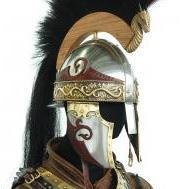
Pruning shear sheath
AlexOstacchini replied to DwightT's topic in Gun Holsters, Rifle Slings and Knife Sheathes
Good work, tidy stamping on the basket weave and looks like a nice edge as well. Definitely better than a cloth piece of junk! To my mind 6-7 ounces is about right for this sort of thing and should hold its shape nicely. -
Thanks, much the same as you describe really. My process is as follows- 1. dye the base colours. For most of my background texturing I will paint the dye in with a paintbrush. 2. Neetsfoot oil, applied over the whole piece with a sponge, but focusing mainly on the natural areas. Be aware though that this darkens colours quite a lot. 3. Resist- I use fiebings tan kote for this. Quite often now I will give it a second coat after the first has dried. 4. Antique. Fiebings antique finish in this case, worked into the recesses with a sponge, then wipe off excess. 5. Once this has dried I give it a final polish with tan kote, which cleans off any antique that is still on the raised areas. I always try and give each stage a day of drying time. Maybe not necessary but it works for me and when I have tried to rush through things it never seems to come out very well. What product are you using for the antique? I used to use the eco flo gels and couldn't get the results I wanted, then switched to the fiebings finishes and it was problem solved. Hope this helps! Thanks, yes a very slow process, I certainly undercharged for how long it took, but I will know for next time!
-
Cheers YinTx, I admit I was a little thrown by the suggestion that it was not tooled but hopefully all cleared up now. To be fair though I may have added to the confusion by misunderstanding the initial embossing question.. In any case I have done my best now to clarify. Thanks for the kind words and well spotted on the pic, all of course traced from the same drawing but lots of small variations between these pieces. Alex
-
Many thanks and no worries, it was my own bad wording! I'm not sure if I have entirely convinced you, but I have dug up some WIP pics to hopefully alleviate any doubts about the process. So here you can see the initial swivel cuts on some of the pouches, and the scrollwork tooling on a belt, next to it's initial drawing. This was based on a design sent over by the client, so there is certainly no embossing plate involved! So yes, all hand tooled
-
Sorry this is just a semantic misunderstanding on my part, I just read embossed as tooled. No there is no embossing in the sense of a big plate to do repeated designs or press in an outline, and no laser cutter etc to lay out patterns. I thought the original question was if everything I made was tooled. The 'tooled to some degree' comment I realise now implies vagueness in the context you desrcibe, but not trying to hide anything, I simply meant that I mostly make tooled items as opposed to plain/untooled! Everything here is 100% hand carved. I draw out all my tooling patterns either directly onto the leather, or for anything where I need repeats (ie the coasters or swiss army knife cases above) it is done on paper first so it can be traced on. So no, no embossing. Just swivel knife and bevelling stamps. You will see slight differences between all of the pieces above. I know what you mean, it is most telling on belts which use a rolling press, as the strap end can never be finished properly and the border and pattern will not taper down into the point. But yes a mirrored version of anything here would be no problem, and aside from the repeated items (which I sell frequently so keep a stock of), many of the items pictures are exactly the one off client designs you mention. Hope that clears things up! Alex
-
From the album: Alex Ostacchini Arty Things
Lots of items including bags, belts, pouches, tool cases and knife sheaths -
From the album: Alex Ostacchini Arty Things
Pouches for swiss army knives -
From the album: Alex Ostacchini Arty Things
Lots of items including bags, belts, pouches, tool cases and knife sheaths -
From the album: Alex Ostacchini Arty Things
Batch of wet moulded pouches for Swiss army knives, with floral tooling -
From the album: Alex Ostacchini Arty Things
Kitchen Knife and sheath, with stacked construction, floral tooling, and retaining strap -
From the album: Alex Ostacchini Arty Things
Kitchen Knife and sheath, with stacked construction, floral tooling, and retaining strap -
From the album: Alex Ostacchini Arty Things
Cases for vernier callipers, swiss army knives, and scalpels -
From the album: Alex Ostacchini Arty Things
Late medieval short sword in double layered sheath with integrated belt -
From the album: Alex Ostacchini Arty Things
-
From the album: Alex Ostacchini Arty Things
Medieval German hunting set in multi pocket sheath -
From the album: Alex Ostacchini Arty Things
A batch of knives with tooled sheaths based off existing pieces from the Museum of London -
From the album: Alex Ostacchini Arty Things
A batch of knives with tooled sheaths based off existing pieces from the Museum of London -
From the album: Alex Ostacchini Arty Things
A batch of knives with tooled sheaths based off existing pieces from the Museum of London -
From the album: Alex Ostacchini Arty Things
Small wet moulded belt pouch with Western style floral tooling and sam browne closure -
From the album: Alex Ostacchini Arty Things
A batch of cases for scalpels, vernier callipers, and digital callipers



